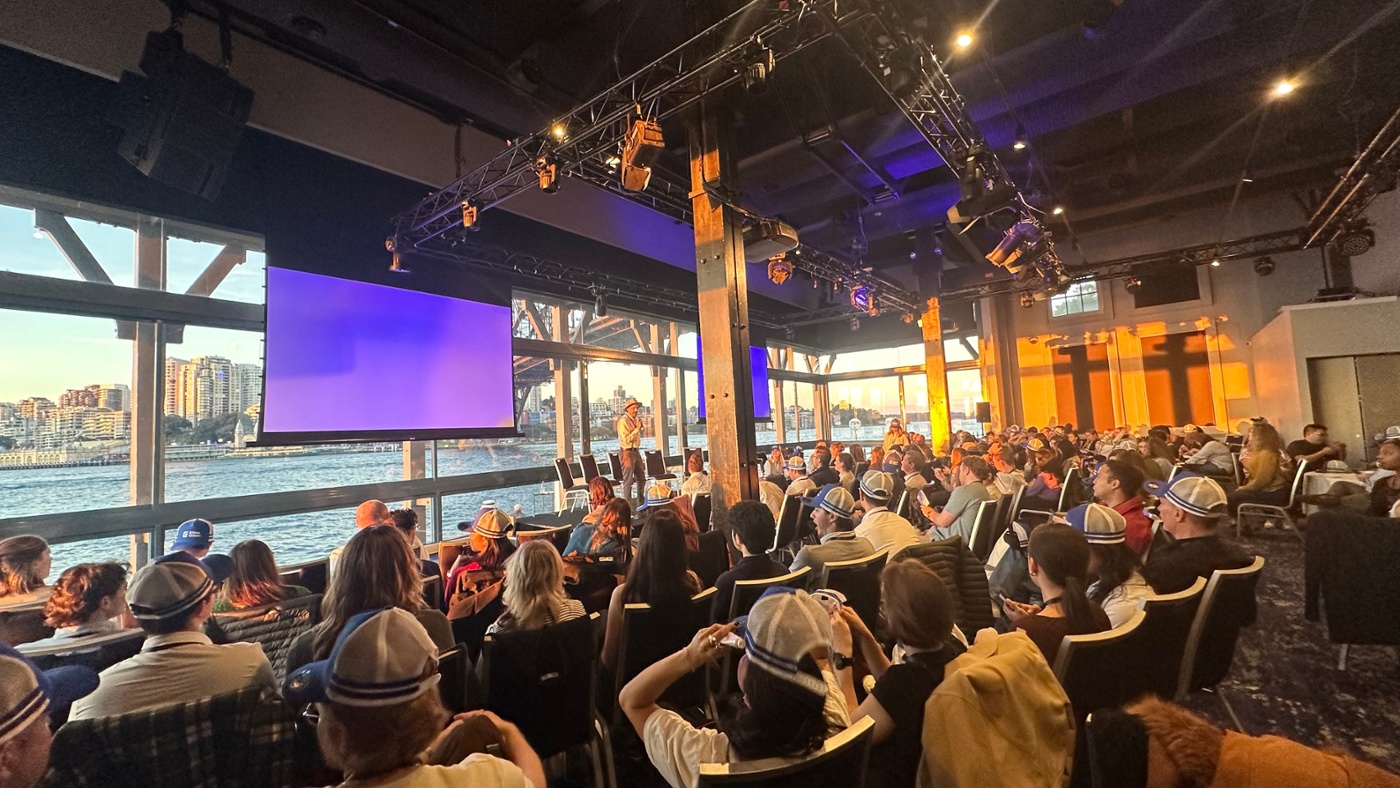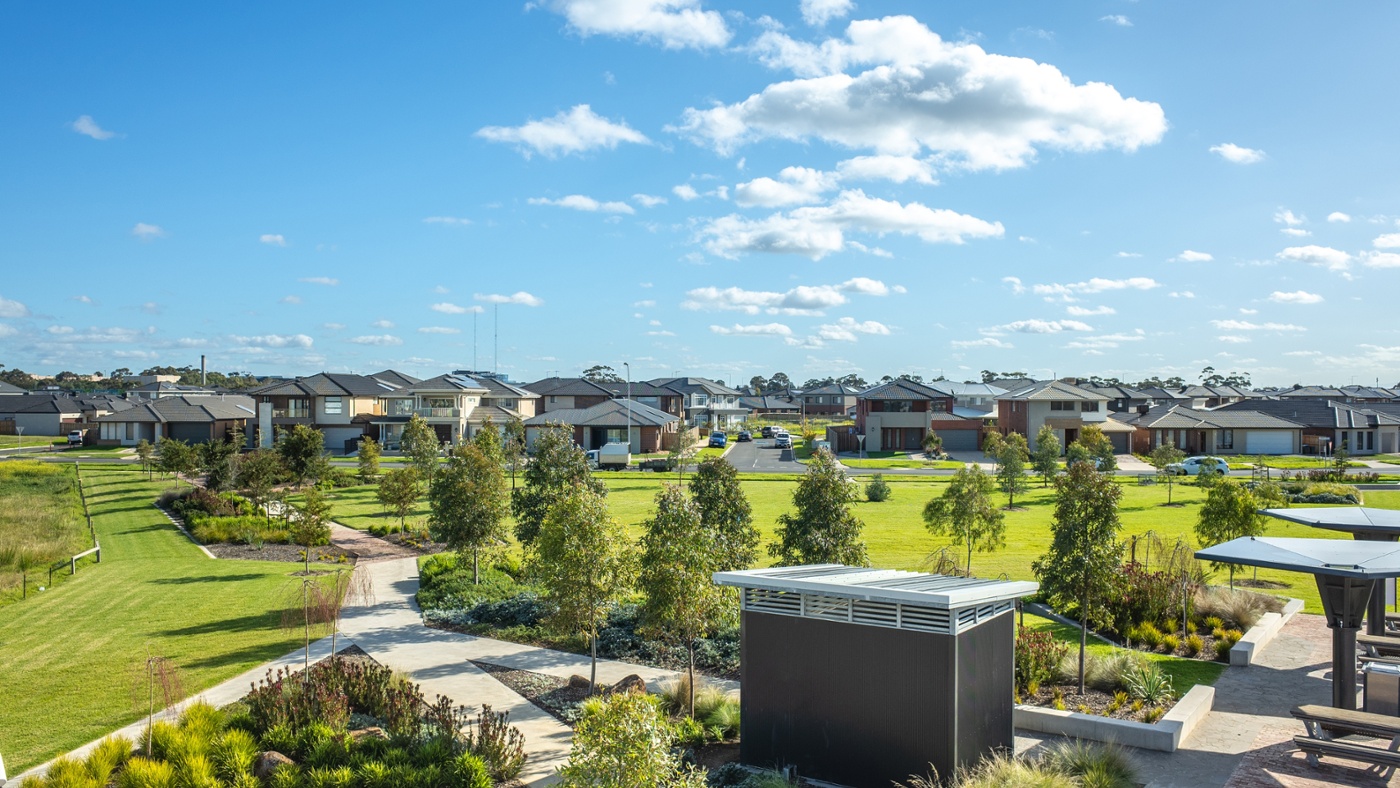Did you know that amendments to 135 Local Environmental Plans came into effect Wednesday 26th April?
How the conversation started
In October 2019, the NSW Productivity Commission released its first major publication. This was in the form of a Discussion Paper which aimed to start a conversation about how the NSW Government could best support continued growth in the State’s living standards.
One of the key issues identified was the need to ‘Unlock the Potential of Employment and Industrial Zones’.
This issue continued to be identified within the Green Paper ‘Continuing the Productivity Conversation’ in August 2020, and the White Paper ‘Rebooting the economy’ in May 2021. Both papers recommended:
- The rationalisation of the existing eight Business zones (B1-8) and four Industrial zones (IN1-4) in the Standard Instrument Local Environmental Plan (LEP) to reduce the number of zones.
- Broadening the range of permissible activities to ensure prescriptions are reserved for genuinely incompatible land uses.
How is it being implemented?
The DPE has since taken on board these recommendations and has been working to implement the NSW Productivity Commission’s recommendations.
The first key stage, occurred in November 2021, when the DPE amended the Standard Instrument Local Environmental Plan to introduce:
- Five new Employment zones (E1-5).
- A Mixed-Use zone (MU1).
- A Special Enterprise zone (SP4);
- A Working Waterfront Zone (W4).
- Zone objectives for each new zone.
- A revised range of mandated permissible land uses within each new zone.
The DPE subsequently provided each Council with the preliminary translation of their Business and Industrial zones to the new zones. Work between each Council and the DPE has since been underway to reach an agreed position.
Here is what you need to know:
Amendments to 135 Local Environmental Plans came into effect Wednesday 26th April. The amendments are due the implementation of the NSW Department of Planning and Environment's (DPE) Employment Zones Reform, which has been in train since October 2019.
This means that all land previously zoned B1 – B8 and IN1-IN4 will now be zoned one of the following zones:
- E1 – Local Centre;
- E2 – Commercial Core;
- E3 – Productivity Support;
- E4 – General Industrial;
- E5 – Heavy Industrial;
- MU1 – Mixed Use;
- SP4 – Enterprise;
- SP5 – Metropolitan Centre;
Amendments to the permissible land uses within each zone have also been made. In general, land uses that were previously permissible in the Business or Industrial Zones will continue to be permissible in the new zones. However, this is not the case in all circumstances.
Whilst the DPE has introduced a savings provision into the Standard Instrument (Local Environmental Plans) Order 2006 which enables development that was permitted with development consent on land in a former zone immediately before today (i.e. 26th April 2023), to continue to be permitted for 2 more years, that land use will become prohibited on 26th April 2025.
It is important to note, that not all LEP's have been amended and there are a handful that will be amended when their new comprehensive LEPs are gazetted. In addition, land zoned under SEPPs are not yet affected by these changes, however the NSW Department of Planning and Environment is currently working through those and will exhibit those proposed amendments in due course.
How we can assist
We can assist you with understanding how these changes may affect your property portfolio, highlight any potential problems and identify new opportunities.
Please contact me here if you would like to understand how the amendments that have come into force may affect your property and future development potential.
Related Insights
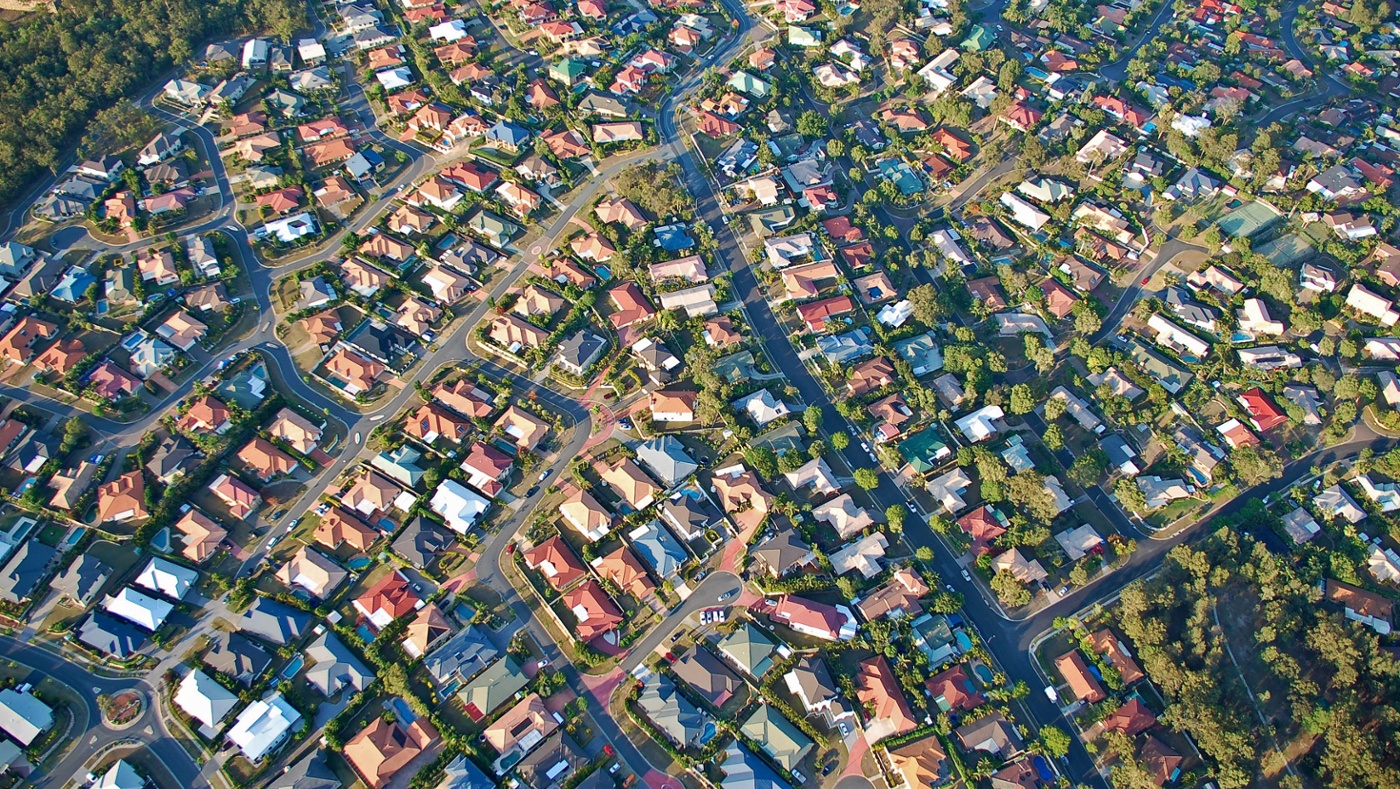
NSW Low and Mid-Rise Housing Reforms
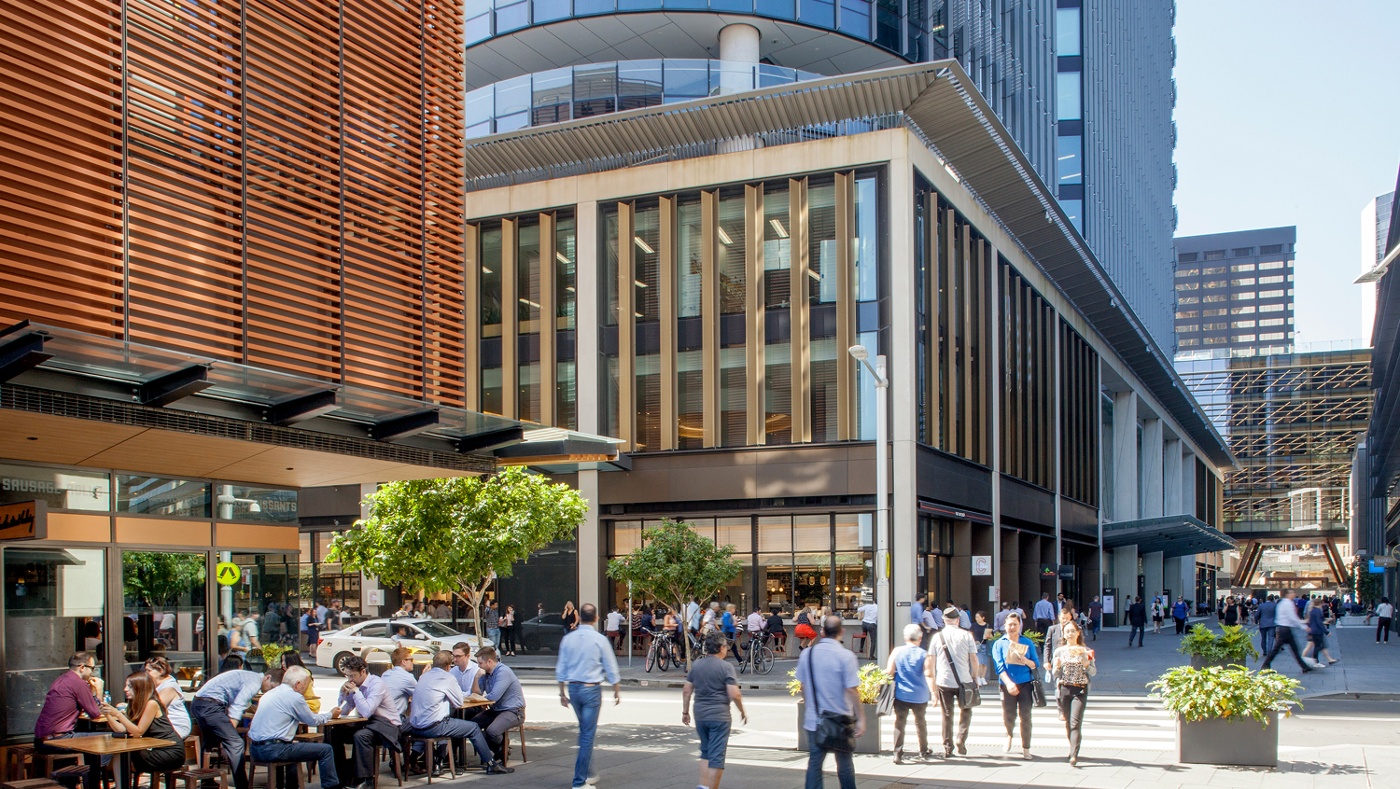
Ethos Urban to join Colliers
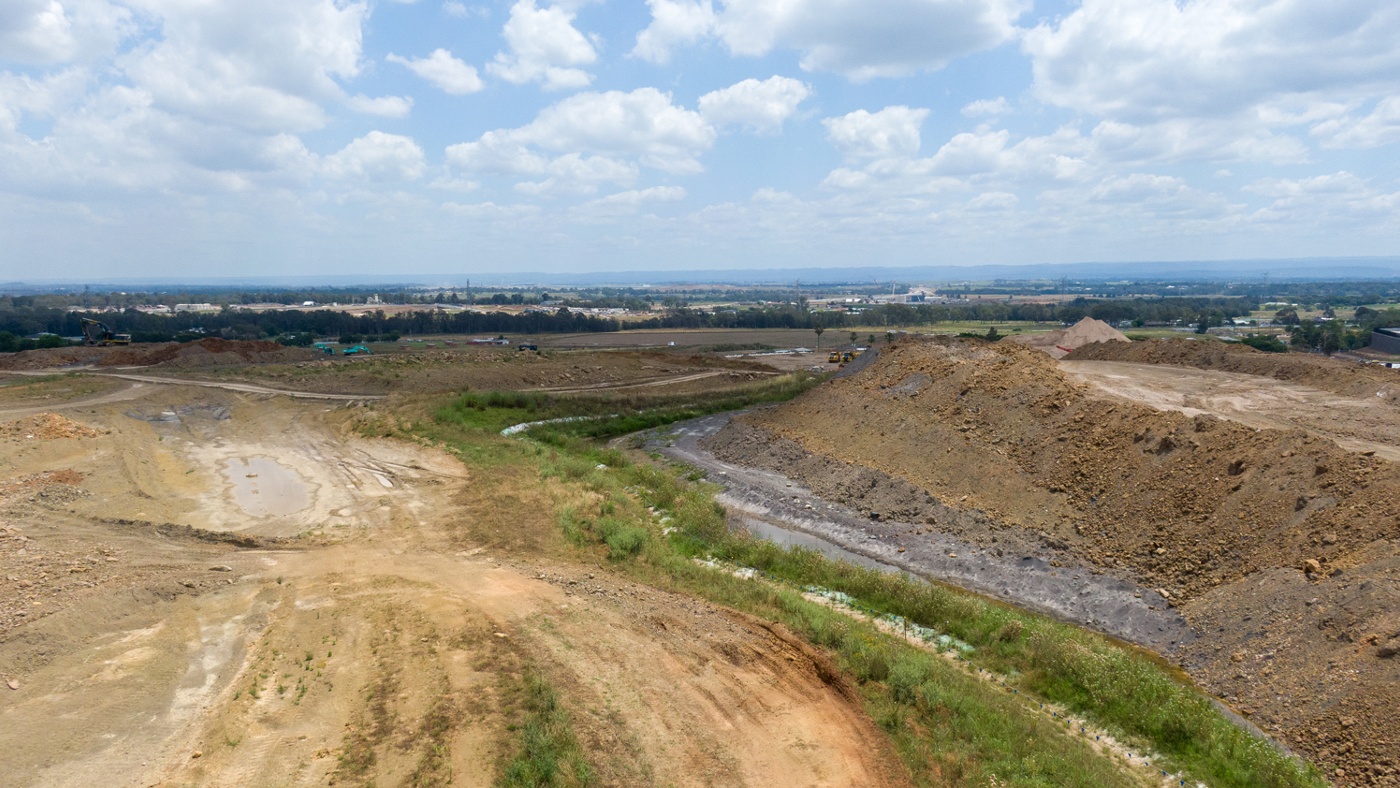
NSW Government Releases Industrial Lands Action Plan
